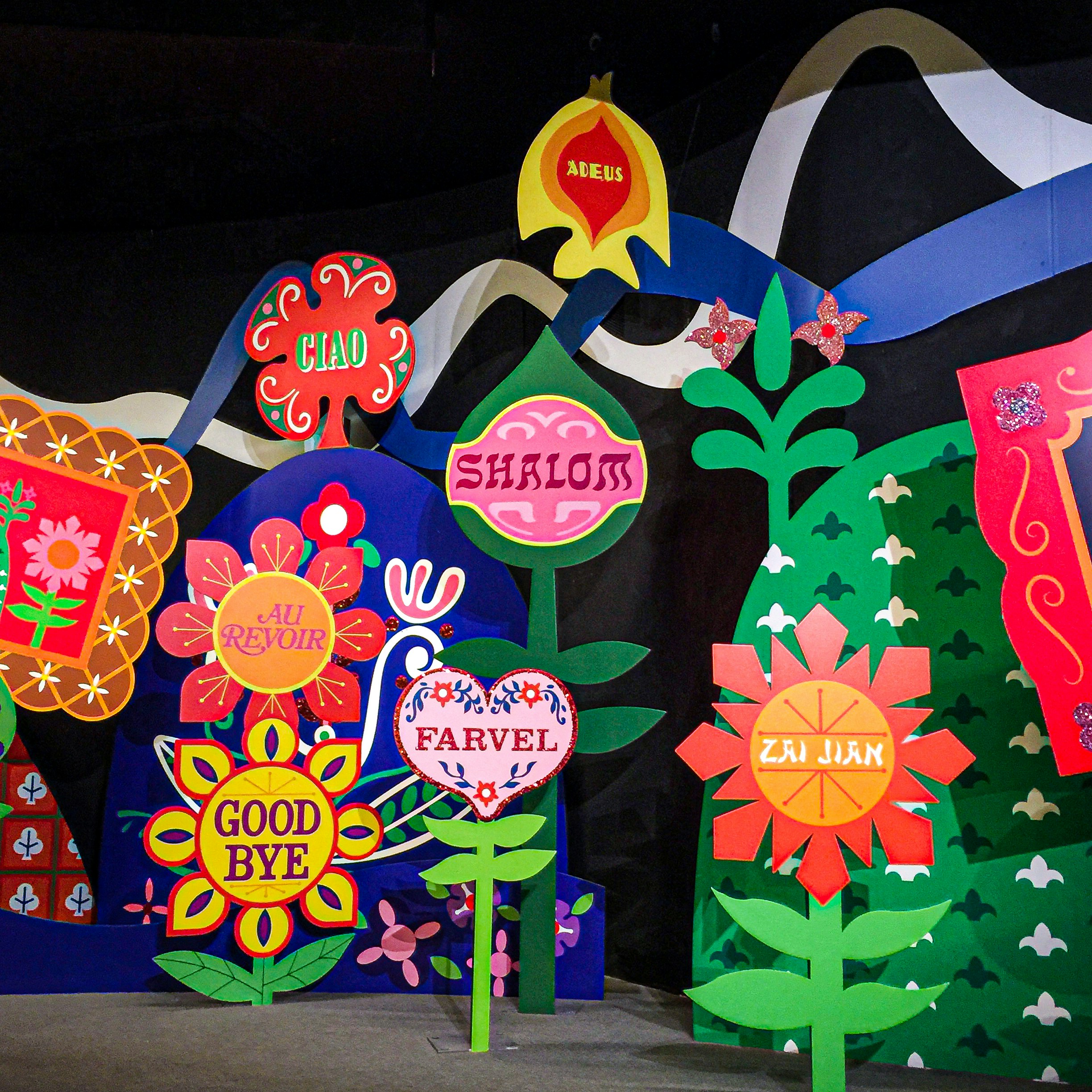The ticks of the clock slowly fade away into the background as I find myself absorbed in the latest Agatha Christie book. Finally, I can have a relaxing Friday night. No assignments or quizzes, and definitely no studying for any midterms anytime soon. Just me and my book, sitting on my beige IKEA couch by the fireplace. Nothing but good old peace and qui– “OH MY GOSH! MY DUOLINGO!”
I throw my book down, my heart hammering against my chest as a shout comes from my brother’s room. I cannot believe him, him and his Duolingo. My brother and his friends have been obsessing over this for the last two weeks since they all started their accounts, fearful of not losing the Duolingo streak. The constant ping and trumpet noises from the app has been driving me insane. I mean, what’s the hype with Duolingo anyway?
At the end of 2023, Duolingo named four of its top ten most popular languages learned as coming from Asian countries: Japanese, Korean, Hindi, and Chinese. Not only that, they found that millennials and Gen Z made up 86% of learners for Japanese and 76% of learners for Chinese. This is my generation. I grew up in an area where everything was pretty white-dominated, so I clung to any resemblance of Asian cultures that I could find and relate to. To me, Asian traditions felt like some sort of oddity when viewed from an outside gaze. But today, I feel as if there has been a change. Starbucks is no longer the regular after-high-school hangout spot; instead, it’s the nearest boba tea shop. More Asian-owned brands are also being used in Sephora. So, what has sparked the recent intrigue?
We currently live in a time where people are inspired to be organized like Marie Kondo, audiences are entertained with movies like Shang-Chi and Parasite, and music lovers have K-Pop groups in their Spotify Wrapped. According to a 2019 CNN article, BTS allegedly helped inspire one out of every 13 tourists to visit South Korea in 2017. Though seemingly recent, this current interest in Asian media may be fueled by a desire for nostalgia. Pokemon and Digimon were staples of Saturday morning cartoons in the West and still maintain their grasp today, most popular with millennials and Gen Zers. As a response, Asian projects are increasing immensely with revisitations, such as Karate Kid and live-action adaptations of One Piece and Avatar: The Last Airbender. It is these pop-culture fixations that bring visibility to Asians all over the world, increasing the goal for other ethnicities to embrace and understand more elements of the culture, including language.
While there is a fun aspect to learning through Duolingo, there is also an incredibly important role in comforting immigrating Asians. A 2022 Pew Research Center report reveals that 54% of Asian Americans are born outside of the United States, with only 60% of those people speaking proficient English after around a decade in the country. This opens the gateway to endless negative interactions involving language barriers. The small daily exercises and tests provided by Duolingo can allow for insight into cultures and combat this issue slowly but surely by making those around us a lot more comfortable and enhancing even more learning opportunities.
In 2022, Duolingo had over 45 million active monthly users listed on the Duolingo website. Just think how many more learners are active this year. People have various reasons for using Duolingo. They might be visiting a new country; they might want to maintain the subject they took in high school. They might even be doing it for the sake of crossing off an item on their bucket list, but people need to know that Duolingo can provide so much more than that. Even just making one person feel comfortable in a new situation opens so many possibilities and conversations that can be shared today. As I hear my brother make his way through his daily exercises, Duo the Owl congratulating him after each module, I realize that the hype around Duolingo may be worth it.
Visual Credit: Jacqueline Brandwayn

Comments are closed.